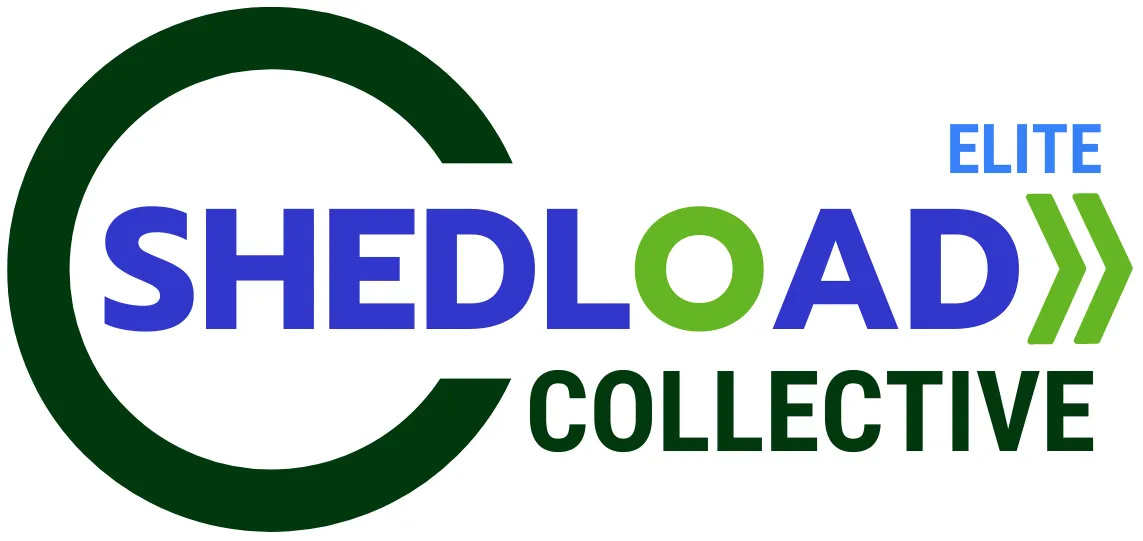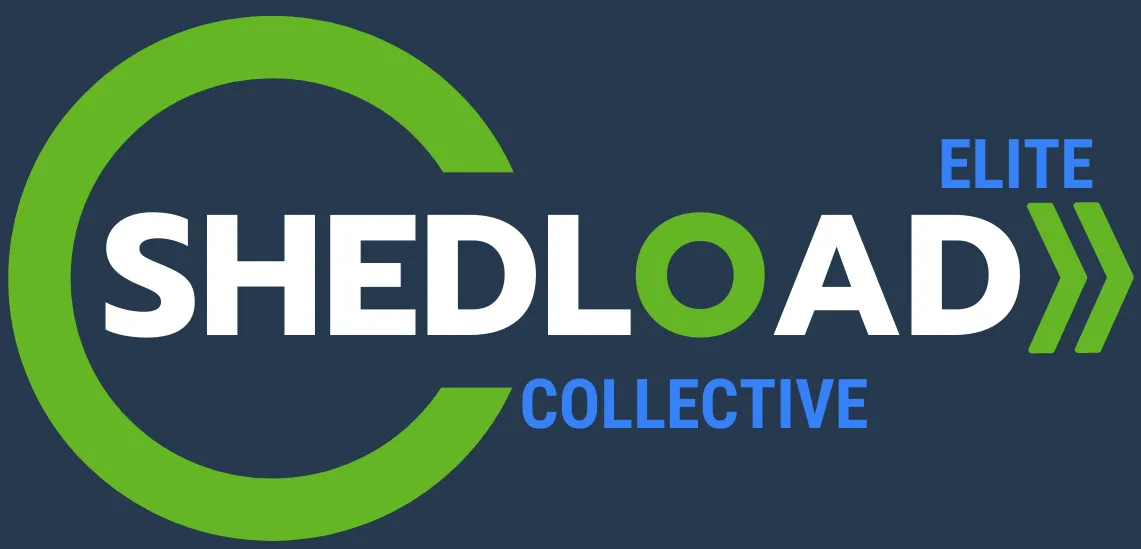
Boosting Customer Loyalty: How Marginal Utility and Profit Acceleration Work Together
Understanding marginal utility theory and applying profit acceleration principles can significantly enhance a business's ability to retain customers. These two concepts, while distinct, intersect in powerful ways to create a customer experience that fosters loyalty and contributes to sustainable profit growth.
Marginal Utility Theory in Review: As we've discussed, marginal utility is the additional satisfaction a customer gains from consuming one more unit of a good or service. The Law of Diminishing Marginal Utility highlights that this extra satisfaction typically decreases with each additional unit consumed. For businesses, this means a customer's enthusiasm and perceived value for a product or service can wane over time or with increased consumption if not addressed.
Profit Acceleration Principles in Review: Profit acceleration focuses on identifying and implementing strategies to rapidly increase a business's bottom line by optimizing existing operations, revenue streams, and cost structures, often without significant new spending. It's about working smarter to unlock hidden profitability.
The Connection to Customer Retention:
The link between these concepts and customer retention lies in the fact that retained customers are inherently more profitable. They often cost less to serve than new customers, tend to spend more over time, and can become valuable new customer referral sources. By applying the insights from marginal utility within a profit acceleration framework, businesses can actively work to keep customers engaged and increase their lifetime value.
Here's how they work together to improve customer retention:
Understanding Evolving Customer Value: Marginal utility theory reminds businesses that the initial high satisfaction a customer experiences might diminish. Profit acceleration encourages businesses to constantly analyze customer behavior and purchasing patterns to identify when this might be happening. Are repeat purchases declining? Are customers engaging less with the service over time?
Proactive Value Enhancement: Recognizing diminishing marginal utility prompts businesses to proactively add value to the customer relationship beyond the initial purchase. Profit acceleration provides the framework for identifying profitable ways to do this. This could involve:
Offering tiered loyalty programs: As the marginal utility of the core product might decrease with repeated use, the added utility of rewards, discounts, or exclusive access through a loyalty program keeps the customer engaged.
Introducing complementary products or services: Instead of solely relying on the diminishing marginal utility of a single item, offer related products or services that provide new and high marginal utility. This increases the customer's overall spending and reliance on the business.
Providing exceptional customer service: While not a "unit" of consumption, positive interactions with a business add significant utility to the customer experience. Investing in efficient and friendly customer service (a profit acceleration strategy through cost reduction in handling complaints and increased customer lifetime value) directly combats diminishing returns from the product itself.
Optimizing Pricing for Loyalty: Marginal utility informs pricing strategies that can encourage repeat business.
Offering small discounts on subsequent purchases or creating subscription models that provide ongoing value can be more appealing than expecting customers to pay the full price repeatedly when their marginal utility per unit may have decreased. This aligns with profit acceleration's focus on optimizing revenue streams.
Personalization Based on Usage: By tracking customer behavior and understanding their likely marginal utility curve for specific products or services, businesses can personalize offers and communications. Recommending new items when engagement with old ones drops, or offering bundles based on past purchasing habits, keeps the customer feeling valued and presents them with offerings that have higher potential marginal utility.
Small Business Examples:
A Local Coffee Shop:
Marginal Utility: The first cup of coffee provides high utility (caffeine, warmth, taste). Subsequent cups in the same day offer less additional utility.
Profit Acceleration for Retention: Implement a loyalty card (buy 9, get the 10th free). This adds marginal utility to each purchase by contributing towards a future free item, encouraging repeat visits even when the immediate marginal utility of a single cup is lower. They might also introduce a rotating menu of seasonal drinks to offer new sources of utility and prevent boredom.
A Small SaaS (Software as a Service) Company:
Marginal Utility: The initial access to the software's core features provides high utility. Over time, the marginal utility of continued basic access might diminish if new features aren't added or if competitors offer more.
Profit Acceleration for Retention: Regularly release updates with new features or improvements. This adds marginal utility to the existing subscription. Offer tiered plans where higher tiers unlock additional features with higher marginal utility for users who need more advanced capabilities. Provide excellent customer support and tutorials to ensure users are maximizing the utility they get from the software.
An Independent Bookstore:
Marginal Utility: The utility from reading a single book is high. The marginal utility of buying another book of the same genre immediately might be lower if the customer has a pile to read.
Profit Acceleration for Retention: Create a book club or host author events to offer utility beyond just the books themselves – community and intellectual engagement. Implement a loyalty program that gives discounts after a certain number of purchases. Offer personalized recommendations based on past reading history, increasing the likelihood the next book purchased will have high utility for the customer.
By consciously considering marginal utility and applying profit acceleration principles, small businesses can move beyond simply making a sale to building lasting customer relationships based on perceived and continuously renewed value. This not only improves retention but also fuels sustainable and accelerated profit growth.
Are you interested in learning more about our different coaching offerings? Feel free to contact us anytime and check out our wide range of services to support whatever short or long term needs you’re currently facing.



